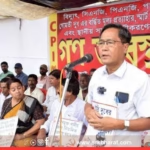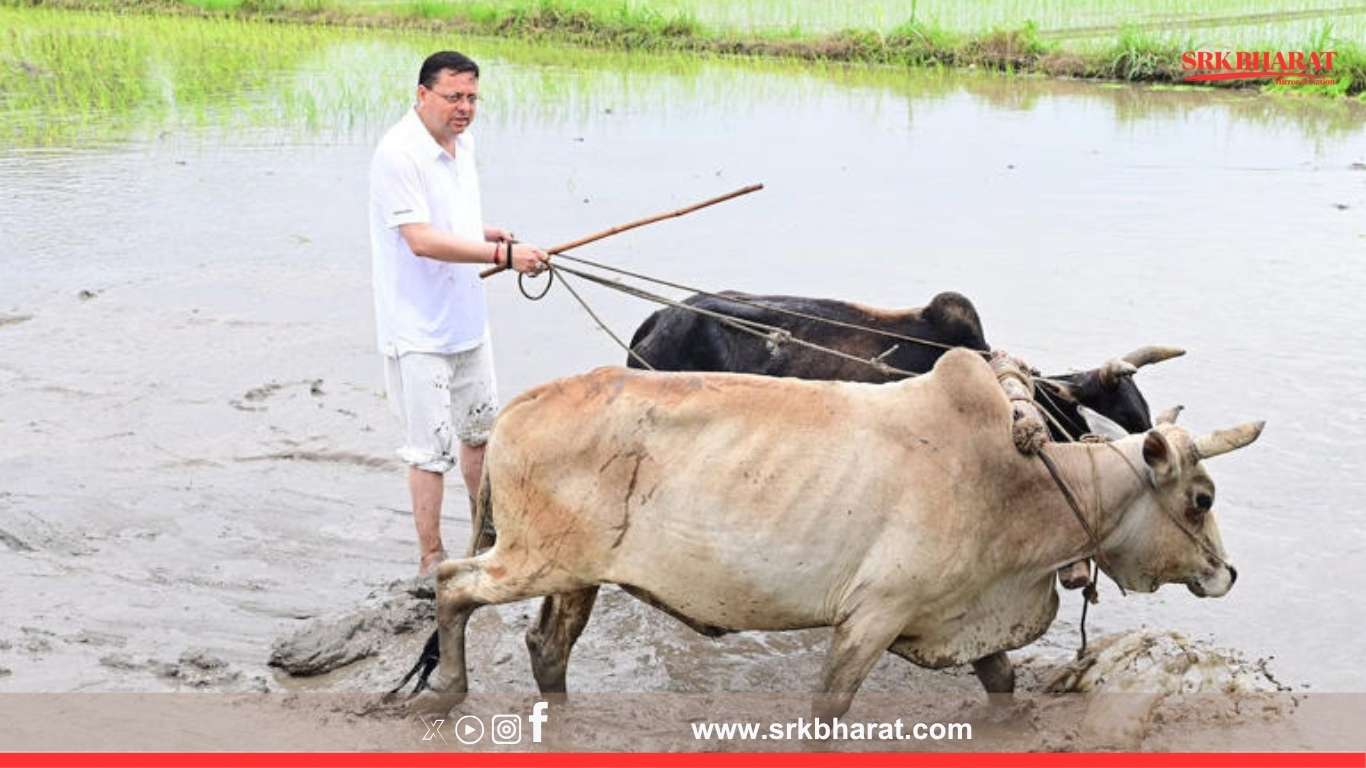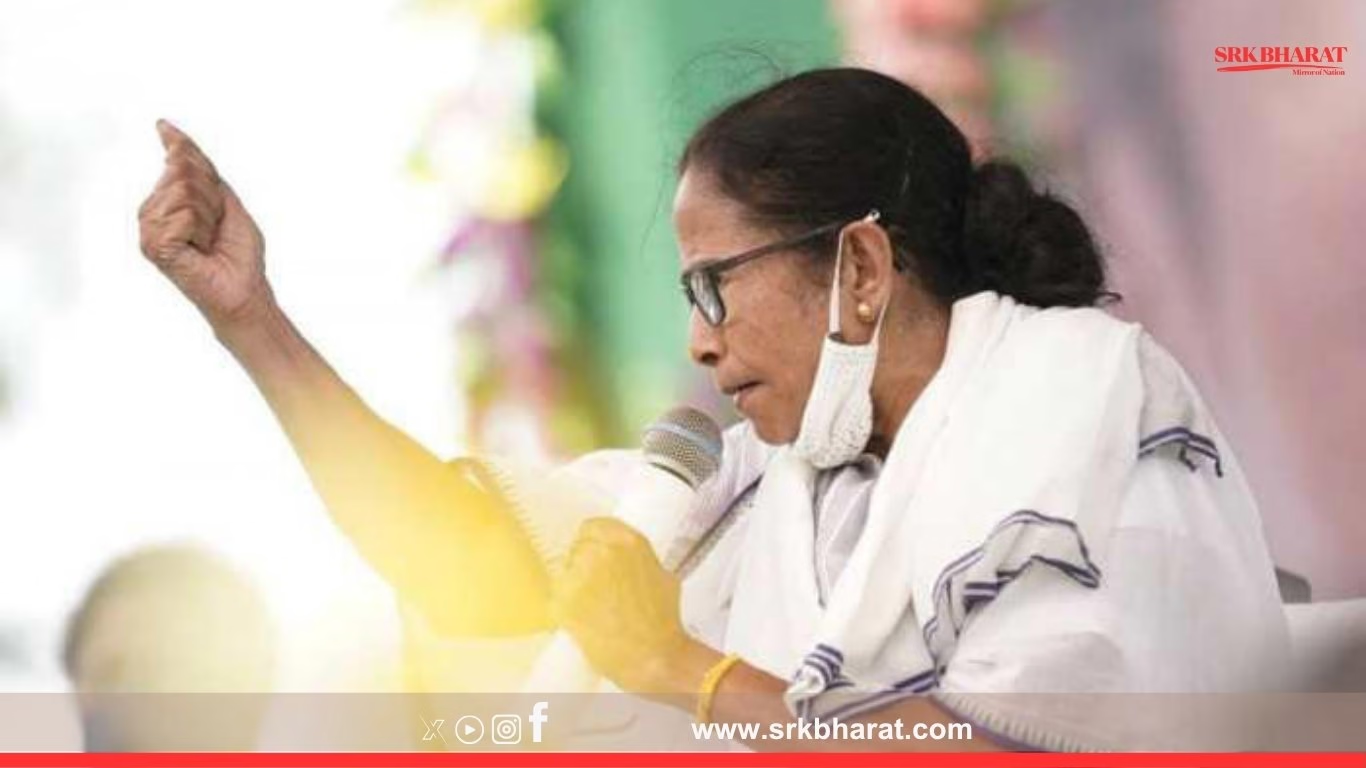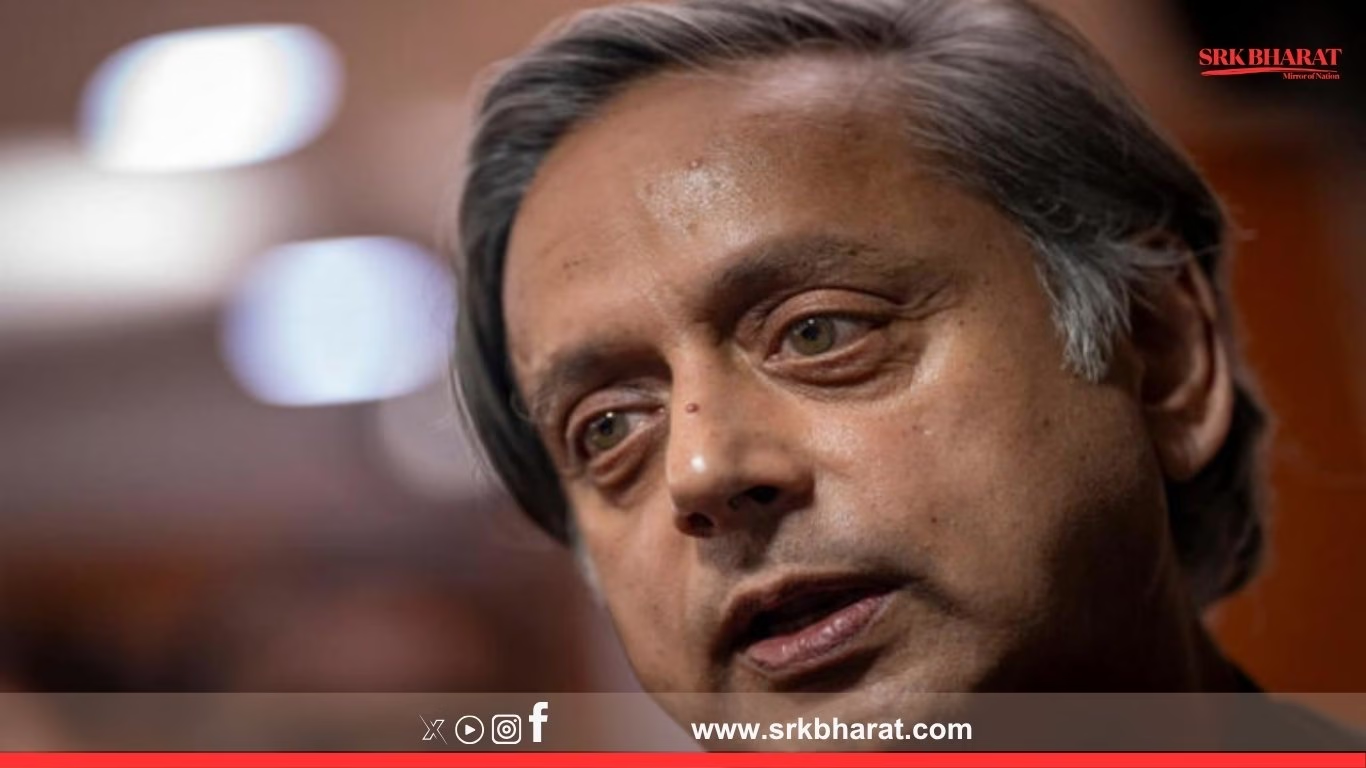Uttarakhand Chief Minister Pushkar Singh Dhami planted paddy saplings in a field in his home district of Pithoragarh as part of the Harela festival celebrations, evoking nostalgia about his childhood and underlining the importance of agriculture in the state’s cultural and economic fabric. The CM’s gesture, while symbolic, resonated with farmers across the Himalayan state battling monsoon challenges and market uncertainties.
Key Highlights
- CM Dhami planted paddy saplings during Harela, Uttarakhand’s green festival marking monsoon sowing.
- He recalled working in fields with his parents during childhood.
- The state government announced a series of schemes to promote organic farming and boost farmer incomes.
- Paddy remains the principal kharif crop in Uttarakhand, crucial for food security and traditional cuisine.
- Dhami emphasised that agriculture and environment protection remain central to his government’s vision.
CM Dhami’s Nostalgic Remarks
Speaking to local farmers after the planting ceremony, CM Dhami said:
“Today I remembered my old days when I used to work with my parents in our fields. Those experiences shaped my understanding of farmers’ struggles and the dignity of labour. Harela is not just a festival; it is our deep-rooted connect with nature.”
He urged farmers to adopt modern techniques while preserving traditional practices to ensure higher yields and environmental sustainability.
Harela Festival: A Cultural Insight
Harela is celebrated across Kumaon and parts of Garhwal region, marking:
- Beginning of monsoon sowing season.
- Symbolic worship of nature and prosperity rituals.
- Community paddy planting events followed by folk songs and fairs.
Significance Of Paddy Cultivation In Uttarakhand
| Aspect | Detail |
|---|---|
| Main Paddy Varieties | Jhona, Thapchini, Red rice, Rajbhog |
| Cultivation Area | ~270,000 hectares |
| Average Productivity | ~2,100 kg per hectare |
| Major Paddy Districts | Udham Singh Nagar, Haridwar, Pauri Garhwal, Almora |
Despite terrain constraints, paddy remains a staple for Uttarakhand’s population, forming the backbone of rural food systems and economic security.
State Government Initiatives Announced
During the Harela event, CM Dhami outlined key initiatives:
- Promotion of Traditional Seeds: Distribution of native high-yielding paddy varieties to preserve biodiversity.
- Organic Farming Subsidies: Financial assistance for inputs and certification to boost organic exports.
- Irrigation Expansion: Target to cover an additional 20,000 hectares under micro-irrigation by 2026.
- Farmer Producer Organisations (FPOs): Strengthening FPO network for better market linkage and value addition.
Paddy Production Trend In Uttarakhand
| Year | Area Sown (ha) | Production (MT) | Productivity (kg/ha) |
|---|---|---|---|
| 2018-19 | 275,000 | 575,000 | 2,090 |
| 2019-20 | 273,000 | 580,000 | 2,125 |
| 2020-21 | 270,000 | 567,000 | 2,100 |
| 2021-22 | 271,500 | 570,200 | 2,101 |
| 2022-23 (Est.) | 272,800 | 575,600 | 2,110 |
Expert Views
- Dr Harish Rawat, Agricultural Economist:
“Uttarakhand’s paddy sector is resilient despite challenges like fragmented holdings and erratic rains. Government focus on traditional seeds, irrigation, and marketing can enhance farmer incomes sustainably.” - Prof. Meena Kandwal, Environmental Sociologist:
“CM Dhami planting paddy is more than a photo-op; it acknowledges cultural pride. Harela rituals help reinforce agro-environmental ethics vital for the Himalayas.”
Farmer Reactions
Local farmers in Pithoragarh and Almora welcomed the CM’s gesture:
- Mahesh Bhatt (Kumaon farmer): “It feels good when leaders join us in the mud. It motivates youth to respect agriculture.”
- Geeta Devi (Organic farmer, Almora): “We hope the announced schemes reach ground level efficiently this time.”
Broader Policy Alignment
The CM reiterated that agricultural reforms under his government align with:
- PM Fasal Bima Yojana: Expanded coverage with streamlined claims settlement.
- Natural Farming Mission: Scaling chemical-free cultivation to over 50,000 hectares by 2026.
- Kisan Credit Card Drive: Increasing institutional credit penetration among small and marginal farmers.
Environmental Linkages Of Paddy Cultivation
Paddy fields act as seasonal wetlands, supporting biodiversity such as frogs, dragonflies, and waterfowl. Traditional water conservation systems like Naulas (springs) and Kuls (canals) remain integral to sustaining Himalayan rice farming.
Socio-Economic Impact Of Paddy In Uttarakhand
| Impact Area | Details |
|---|---|
| Employment | Provides seasonal wage labour to ~1 million rural workers. |
| Food Security | Staple for over 90% of households. |
| Cultural | Basis of festivals like Harela, harvest fairs, and folk culinary traditions. |
Future Challenges And Opportunities
- Climate Change: Erratic rainfall patterns and rising temperatures threaten yields.
- Youth Migration: Labour shortages due to migration towards urban jobs.
- Market Access: Need for better transport connectivity to plains markets.
- Agri-Tourism: Potential to integrate paddy field experiences with tourism for additional income.
CM Dhami’s Vision Ahead
He concluded his address saying:
“Our government will continue to work with farmers to ensure that their incomes rise and traditional ecological wisdom gets global recognition. Harela inspires us to live in harmony with nature.”
Conclusion
CM Dhami planting paddy during Harela celebrations was not merely ceremonial; it highlighted agriculture’s centrality to Uttarakhand’s economy, environment, and cultural identity. His nostalgic reference to his farming childhood aimed to connect with lakhs of rural voters while reiterating his government’s commitment to empowering farmers through sustainable policies and market reforms.
Disclaimer: This news article is for informational purposes only and does not constitute agricultural investment or policy advice. Readers are encouraged to consult official Uttarakhand government notifications and agricultural extension officers for confirmed scheme details and implementation guidelines. The publication is not responsible for decisions made based on the information presented.











